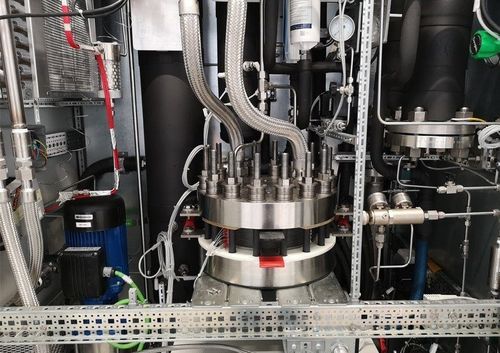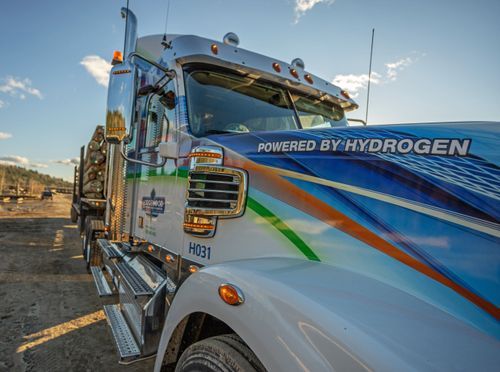Hydra Energy, a hydrogen-as-a-service provider for commercial trucking fleets, is in the midst of a CAD 14m equity capital raise.
The Vancouver-based company is pursuing the equity raise in support of its Prince George hydrogen fueling station, which is set to be operational in 2024 and would be the largest in the world, Hydra CEO Jessica Verhagan.
The equity portion of the financing is needed to unlock an additional CAD 150m debt facility to complete initial scale-up of the company’s planned hydrogen corridor along Highway 16 in Western Canada, Verhagan added.
Verhagan said the company is not working with a financial advisor on the capital raise but could issue RFPs for advisory services in the future. She declined to name the provider of the proposed debt facility, apart from clarifying that it was not government-sponsored.
“To date, Hydra has been signing up commercial fleets and building out its initial hydrogen refuelling infrastructure throughout Western Canada, but the company is about to announce expansion throughout the rest of the country via licensing to a national fossil fuel distributor looking to extend its low-carbon alternative fuel offerings,” the executive said via email.
Hydra’s target market to date has been the roughly 5 million Class 8 trucks within North America, Verhagan said, with the company aiming to “conservatively” capture 1% of that market by 2030 through commercial discussions already underway. Hydra is also exploring expansion into the UK as well as Europe, Australia, and the Middle East.
“Hydra’s initial focus has been on proving out its Hydrogen-as-a-ServiceTM (HaaSTM) template which includes the company providing its proprietary hydrogen-diesel, co-combustion conversion kits to commercial fleets at zero cost (in exchange for long-term hydrogen fuel contracts at diesel equivalent prices) as well as an initial hydrogen refuelling station to service 65 Hydra- converted trucks in Prince George, B.C.,” she said.
Verhagan said the company will announce its first electrolysis partner for the Prince George hydrogen refueling station early next year. The station will be able to refuel – as quickly as diesel – up to 24 Hydra-converted trucks each hour across four bays. The station will provide hydrogen from two onsite, 5 MW electrolyzers powered with electricity from BC Hydro.
“The adoption of Hydra’s technology really comes down to availability of low carbon hydrogen – showing fleets it’s possible to go green cost-effectively – and government support to utilize hydrogen to reduce trucking emissions right now,” Verhagan said.








